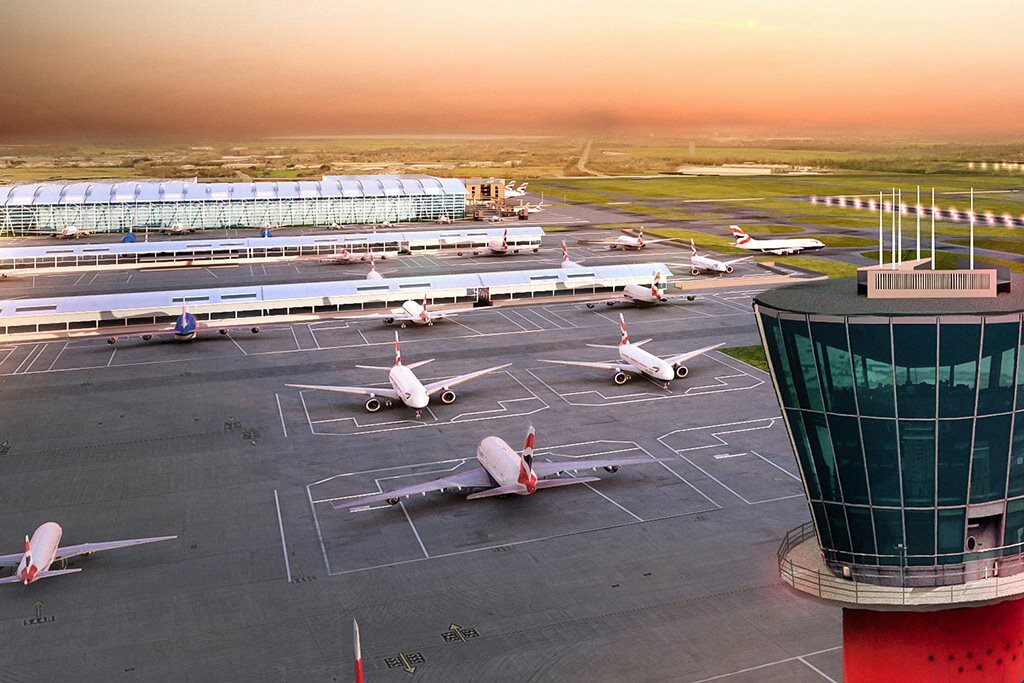Heathrow Airport’s boss has announced a multibillion-pound plan to build new infrastructure while “laying the groundwork” for its long-proposed third runway.
In a speech this morning (12 February) at British Steel’s plant in Scunthorpe, Heathrow chief executive Thomas Woldbye also signed the UK Steel Charter.
This commits Heathrow to “using UK-made steel for its construction projects wherever possible, giving a major boost to the sector”, according to the Department for Business and Trade (DBT).
Woldbye said: “I am today confirming multibillion-pound investment plans, 100 per cent privately funded, to upgrade our terminal buildings, enhance passenger experience, and improve resilience and sustainability.”
He added that the “largest investment programme” in Heathrow’s history was “laying the groundwork for a third runway, boosting UK investment and economic growth”.
Woldbye’s speech came a fortnight after chancellor Rachel Reeves backed the third runway. She said in late January that the lack of extra capacity at Heathrow was “damaging”.
Reeves added: “We cannot duck the decision any longer.”
A spokesperson for the airport would not specify exactly how much it planned to invest in its latest expansion plans.
But in a statement accompanying Woldbye’s speech, Heathrow said full details of the investment programme “and the pathway to a third runway” will be submitted to the government this summer.
Woldbye said that Heathrow’s new investment plan would involve a “UK-wide supply chain”, including the structural steel sector.
Giving a keynote address before his speech, industry minister Sarah Jones said: “Driving demand for UK-made steel is a crucial part of our upcoming Steel Strategy, and by signing the Steel Charter, Heathrow will give a huge boost to steelmaking communities across the UK and help us kickstart economic growth.”
Gareth Stace, director general of trade body UK Steel, also welcomed Woldbye’s announcement.
“Heathrow’s decision to prioritise domestic steel… reinforces the strength and resilience of the UK supply chain,” he said in a statement.
The airport spokesperson told Construction News that construction of Terminal 5 (which opened in 2008) required 80,000 tonnes of steel.
“The construction of Terminal 5 required approximately 18,500 tonnes of steel for the main terminal’s roof alone, with an additional 1,100 tonnes used [just] for the air traffic control tower,” said trade body UK Steel.
The DBT cited estimates that a third runway for the airport would require 400,000 tonnes.
Jonathan Clemens, chief executive of the British Constructional Steelwork Association, told CN that he did not envisage major capacity challenges to meet potential future demand from Heathrow.
“My thoughts are that the UK registered fabricator market can manage this as it is a professional substantive and significant sector with the capability to produce all the UK’s infrastructure and building requirements,” he said.
“In terms of capacity and capability, even conservative estimates say the structural steel market can handle at least 300kt [300,000 tonnes] per annum.”
Clemens added that this estimate “ignores current multimillion investments being made into automation, skills and digitisation”.

